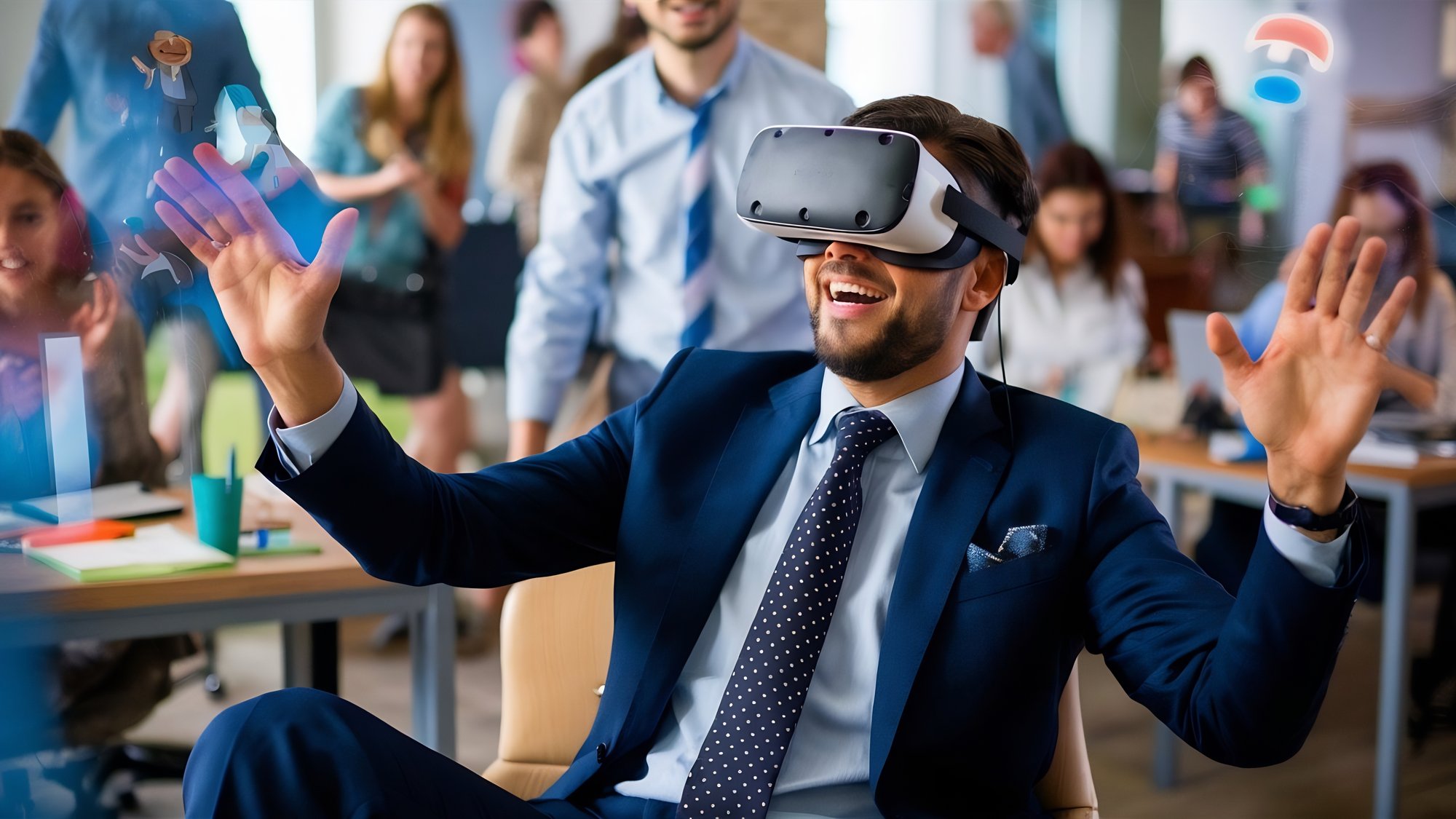Gamification in Change Management

Gamification in Change Management
Dealing with change can be tough. Whether it's introducing new technology, restructuring the organization, or changing business processes, getting everyone on board can be a big challenge. That's where gamification comes in. Gamification involves using game-like elements in non-gaming situations, and when applied to change management, it can make the whole process not only easier but also enjoyable. In this article, let's explore what gamification in change management is, its benefits, and some examples of how it can work in a professional setting.
What is Gamification in Change Management?
Gamification is the application of game principles, elements, and techniques to non-game contexts. In change management, this means incorporating game-like aspects into the process of driving organizational change. These elements might include points, badges, leaderboards, challenges, and rewards—essentially anything that can create a sense of competition, achievement, and fun.
The Benefits of Gamifying Change
Enhanced Engagement and Participation
-
- One of the biggest hurdles in change management is getting people to actively participate. Gamification encourages engagement by making the process enjoyable. When there's an element of competition or a reward system, people are more likely to participate and invest their energy in the change process.
Motivation and Reward
-
- Gamification taps into intrinsic motivation—the desire to achieve, win, or be recognized. By providing tangible and intangible rewards for completing tasks, reaching milestones, or participating in challenges, gamification can drive motivation, leading to greater buy-in from employees.
Clear Goals and Progress Tracking
-
- In gamification, progress is often tracked using points, levels, or stages. This clarity helps employees understand the goals of the change process and see how their actions contribute to the bigger picture. When people can visualize their progress, they're more likely to stay on track.
Improved Learning and Skill Development
-
- Change often involves learning new skills or adapting to new technologies. Gamification can transform learning into an interactive experience, making it easier for employees to grasp complex concepts. Through quizzes, simulations, and interactive training, gamification can accelerate the learning curve.
Team Building and Collaboration
-
- Gamification can foster a sense of community and teamwork. By creating team-based challenges or collaborative tasks, gamification encourages employees to work together, share knowledge, and build stronger relationships. This collaborative spirit can be a crucial factor in successful change management.
Examples of Gamification in Change Management
Onboarding and Training
-
- When implementing new software or technology, onboarding can be a tedious process. Gamification can make it more engaging. For example, a company might create a series of challenges that guide employees through the new software's features. Completing each challenge earns points, and reaching a certain score leads to a reward, like a gift card or an extra day off.
Process Improvement
-
- Gamification can also be used to encourage employees to suggest process improvements. A company could create a system where employees earn points for submitting ideas, and these points can be exchanged for rewards. A leaderboard could track the top contributors, fostering healthy competition and innovation.
Employee Wellness Programs
-
- Managing change isn't just about technology or processes—it can also be about creating a healthier workplace culture. Making wellness programs fun can motivate employees to adopt healthier habits. For example, a company might create a fitness challenge where employees earn points for activities like walking, biking, or exercising. These points could be used to unlock rewards or contribute to charity donations.
Customer Service Initiatives
-
- When a company wants to improve customer service, gamification can play a role. For instance, customer service representatives might earn badges for resolving a certain number of customer issues or maintaining high customer satisfaction scores. This approach can motivate employees to excel and improve overall customer service.
Why Gamification Works in a Professional Setting
Gamification works because it taps into basic human psychology. People enjoy playing games, earning rewards, and achieving goals. When these elements are applied to change management, they create a positive feedback loop that encourages participation, motivation, and collaboration.
In a professional setting, gamification can transform mundane or challenging tasks into enjoyable experiences. It provides structure, offers clear goals, and rewards effort. This approach can lead to a smoother change management process, with higher employee engagement and improved outcomes.
By incorporating game-like elements into the process, organizations can make change not only easier but also fun. Whether it's through onboarding, process improvement, wellness programs, or customer service initiatives, gamification has the potential to transform the way change is managed in a professional setting. Consider gamification as a strategy to make the process more enjoyable and successful.